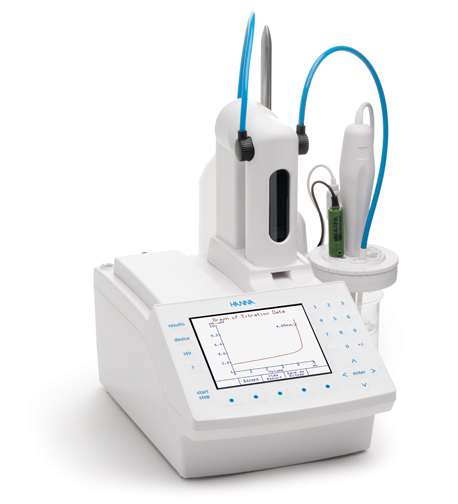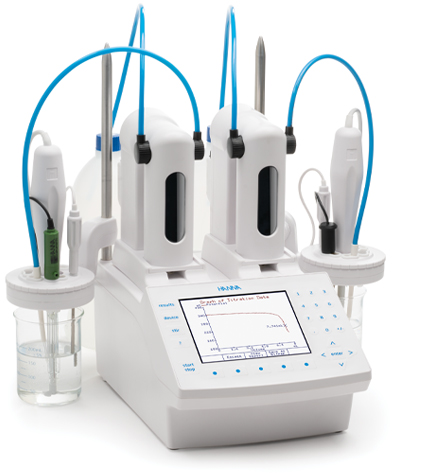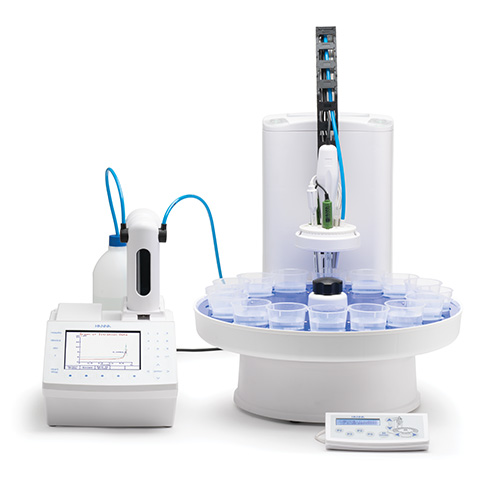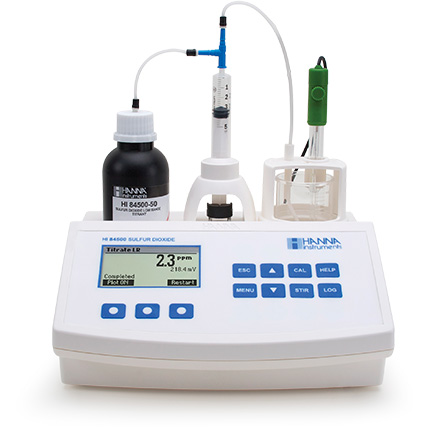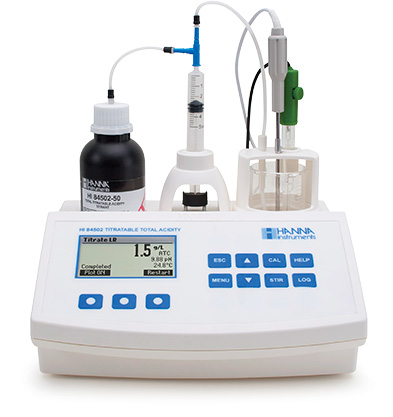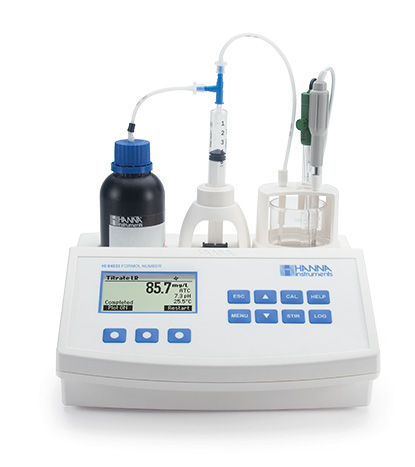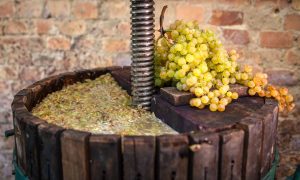WHAT IS TITRATION?
Titration is an analytical technique that allows the quantitative determination of a specific substance (analyte) dissolved in a sample. It is based on the complete chemical reaction between the analyte and the reagent (titrant) of known concentration added to the sample:
+
reagent (titrant)
products
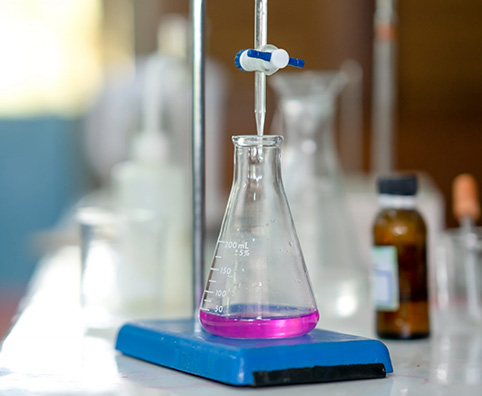

Not very long time ago, many industries conducted manual titrations. Manual titrations can be exhausting, long, frustrating. Standing in front of the burette, performing a titration, adding reagent drop by drop, waiting for the color or pH change, hoping you will close the valve properly and just in time…Many things can go wrong, and a lot of frustration can accumulate. Manual titrations can be inaccurate, and results can vary between operators based on the subjectivity of color indicators. . Manual titrations are time-consuming and not always accurate or consistent. And when you hopefully finish the titration successfully, do you know the meaning of the used titrant volume? What does that mean, where will you use that data, do you have proper equations to calculate the needed data?
YOU CAN MEASURE BY TITRATION?
titrators saves time
Manual titrations require absolutely the full attention of the analyst that is performing the test. The analyst has to observe the addition of the titrant and watch for the endpoint. Because of that the analyst is occupied during the testing and cannot perform any other task until the titration is complete. With automated titrations, the analyst is no longer involved so much in the titration process. You put a sample in a beaker, put an electrode in a beaker, put tubes in the sample, and reagent. And you press start. Voila! In just a few minutes, you are done with your analysis of wine.
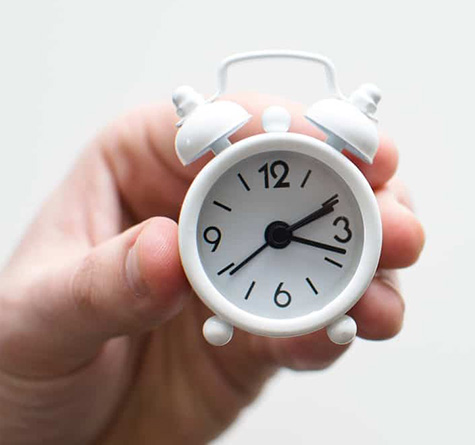
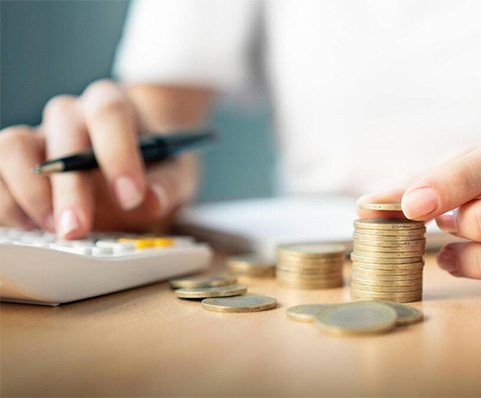
titrators saves money
In the beginnig you will invest in the titrator, but with the time you will save your money. Automatic titrators significantly reduce the usage of titrant. They use only the needed amount and the sample won’t be overtitrated and it won’t compromise the precision of the results. Furthermore, by having your own titrator, you don’t have to take your wine for expensive analysis in fancy analytical labs. Hopefully, with a better understanding of the costs for capital investment purchasing, wineries can make better decisions as to the ideal investments into winery lab analysis.

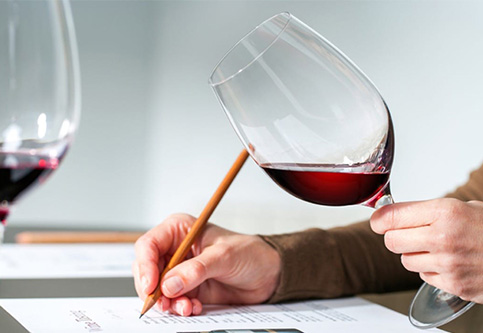
titrators can improve the
quality of the wine.
The wine lab is a critical part of the production process that is beyond a winemaker’s sense of taste and smell. The lab is the primary source of quality control in the winemaking operation. Proper lab protocols can improve your wine quality, leading to the better customer and critical reception of your wines, and in the end, boost wine sales.
titrators can save you space
in your wine lab.
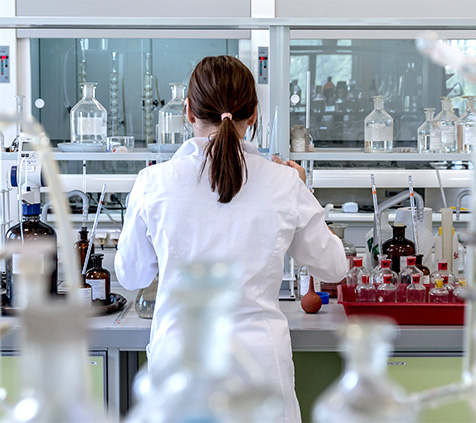
TO CHOOSE?
Know when you already decided that automatic titrator is something that you definitely need you are probably asking what is the best titrator for you and your winery.
Automatic Potentiometric Titrator
Your
Workspace
Same as the HI901C, the HI931 is capable to perform multiple titrations including acid/base, redox, ion-selective electrode titrations and photometric titrations. The HI931 is great for those who don’t have to much space because it comes in a 50% smaller footprint compared to the HI901C while maintaining high precision and accuracy in your measurements.
Inner electrical parts of the titrator, display, and the buttons are fully sealed so you can work without worrying that you will damage your titrator from a spill.
Because of the angle of the holder, you can remove the stirrer and use a stir plate to handle small volume samples.
Advanced Automatic Potentiometric Titrator
An option on the HI932 is to have a peristaltic pump that can be programmed to dispense a specified amount of reagent by volume into your sample. This allows you to remove extra handling of regents and chemicals, as well as introducing consistent dosing and accuracy to your tests.
Autosampler for Automatic
Potentiometric Titrator
HI922 Autosampler allows you to expand your sample handling capabilities. The autosampler is made to be used with the HI931 and HI932 Automatic Titration System and they interface together directly.
An optical infrared (IR) beam is used to detect the presence and absence of each beaker. You can program the HI922 to handle a missing beaker how you deem fit; you can skip the missing beaker, pause the sequence, or stop the titration sequence.
HI84500, HI84502 and HI84533
for fast and focused measurements
This mini titrator comes preprogrammed with methods and also includes premixed reagents and an electrode specific to your testing need. These auto titrators also feature intuitive navigation screens which show you accurate measurements with just a few easy steps.
Mini titrators will provide you accurate measurements with the dosing system.This system provides precisely controlled reagent dispensing. The electrode will give you a response during the titration, and based on that the volume of titrant is dosed automatically adjusted to allow for faster, more precise titrations. HI84500, HI84502, and HI84533 use an official method to automatically perform titrations to either a fixed endpoint (based on the official methods) or to an equivalence endpoint.
In the beginning, you will have to invest, but this investment doesn’t have to be as high as you may think.
Automatic titrators with high-volume applications will save your time and reagents. That alone is sufficient to provide you a return of the investment.
Ordering an automatic titrator from Hanna Instruments will not only provide you the instruments, reagents, and electrodes, but we also provide you the technical support and training to help you transition smoothly from manual to automatic titrations.
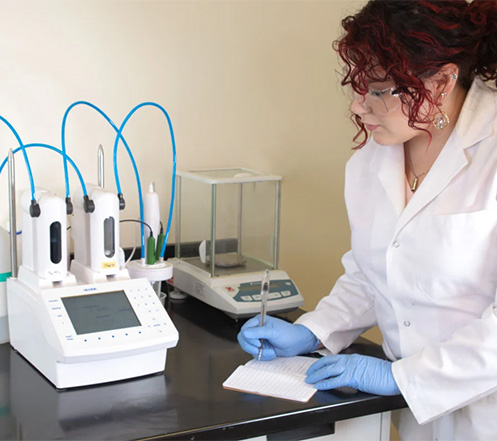
Now that you decided that you need a brand new automatic titrator, contact us so our Hanna team can recommend you titrator and methods you need so your wine can flourish.
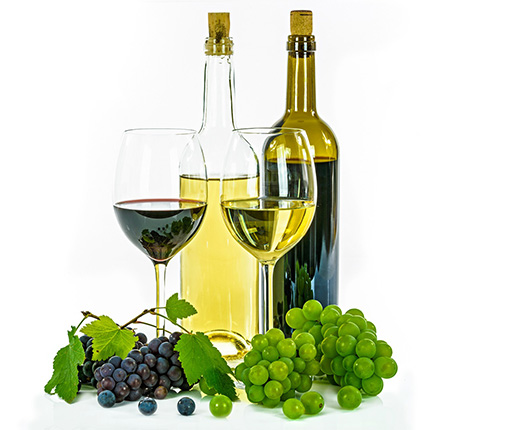
Tajana Mokrović, mag.nutr.

